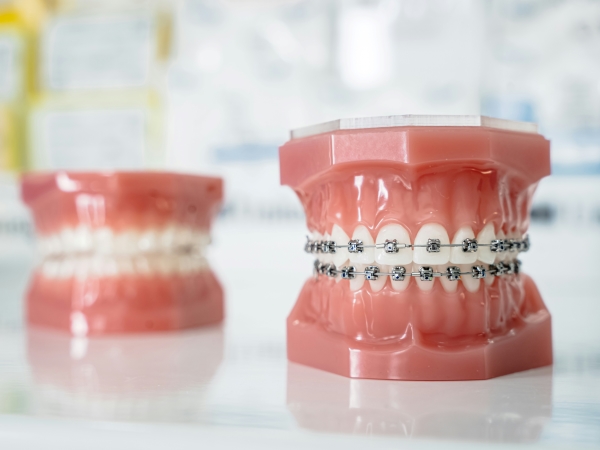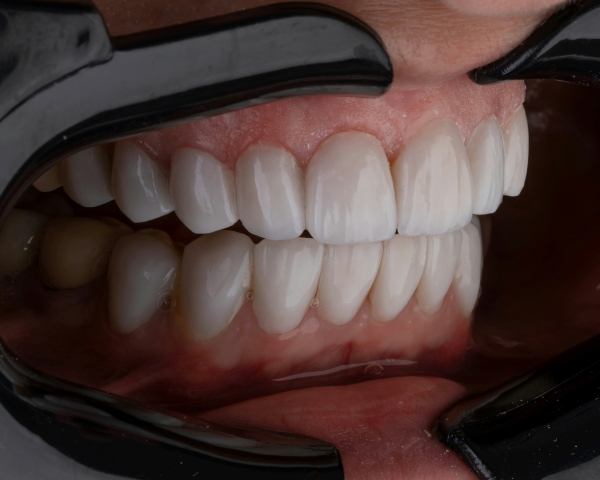
Your reputation will be influenced by the continuous professional development you’re willing to invest in. Are you just starting your own practice and are you looking at ways to expand on your service offerings and enhance the quality of the dentistry techniques you present to patients? In such a case, one of the best long-term investments for your development as a medical practitioner is to go for twelve-month aesthetic dentistry courses, hosted online and recognised by UK-based accreditation bodies. In the end, the benefit of aesthetic & restorative dentistry courses can be divided into four distinct categories.
Number one, you need to consider the benefits that aesthetic & restorative dentistry courses will have on your career as a whole. By completing a PG Diploma in Aesthetic & Restorative Dentistry, you will gain the necessary hands-on skills to expand on your service’s offerings and learn about the latest advances in the medical industry. You will become familiar with CAD/CAM for proper implant alignment, you will get trained to handle veneers or carry out tooth whitening procedures, and most importantly, you will benefit from the necessary training to handle complex multidisciplinary cases that might, in some cases, be accompanied by complications.
Number two, by broadening your professional skills you will improve your client’s retention, expand on your service’s ROI, and upgrade your practice’s perspectives for future development. Number three, you must think about the benefits for the patients. A widening of your knowledge scope will ultimately result in better-quality techniques applicable to your clients. Finally, number four is all about the recognition you can receive from colleagues active in the same industry as you. Aesthetic dentistry courses can be a way to gain the CPD hours required by the GDC and also form networking connections with experts in the dentistry field.
What Treatments Can You Offer After Completing These Courses?
It will depend on what you’re going for. You went, for example, for the completion of aesthetic dentistry courses and did you manage to graduate the 12-month program with top marks and a new understanding of novel dentistry techniques? In that case, after the completion of the course, you could expand your service list with procedures such as teeth whitening or composite bonding.
The prices of these procedures will vary region to region, but for teeth whitening, as an example, you can expect to charge between £300 to £500 per tooth, which means that, at least in theory, even if you only have five such procedures per month, you should gain around £1,500. Other procedures are even more lucrative. Porcelain veneers, for example, cost around £900 each, and a full mouth makeover, for one patient, could cost anywhere between £5,000 and £10,000. Plus, aesthetic dentistry, when it comes to overall popularity, is on the rise.
Sure, not all of this profit will go directly into your pockets. Approximately 20% of your income as a dentist will go towards the materials required for the dentistry procedures you perform and you must also take into consideration the taxes you will have to pay. In the UK, as a dentist specialised in implantology, your tax rate will depend on your annual income. Do you earn, for example, between £100k and £150k doing oral surgeries or composite veneers? Then, around 30% of your earnings will go to income tax, and maybe 10% will go to national insurance. So, if you earn, for example, around £150,000 per year, after you pay off your expenses, your tax obligations will lower your net income to £90,000.
It’s Not Always Straightforward
Around 30% of your profit must go to utilities, staff salaries or perhaps even rent. So, a more realistic figure should be to halve your potential profits when accounting for necessary expenses. That said, the expansion of your services should, overall, have a positive effect on your long-term finances. Private dentists can make around £95,000 per year, but these sums will be influenced by the location of your practice and, of course, by the services you provide to patients.
Do you plan to specialise in ceramic restorations, teeth whitening, porcelain veneers, and Invisalign? In that case, there is no reason for your annual income not to surpass £100,000 per year. Aesthetic and restorative dentistry courses are a good investment, and in a short while, their costs should pretty much be absorbed by the extra services you can bring to your practice.
Three whitening cases per month could bring you an extra £1,200, while a patient who requires veneers might bring you an extra £7,200. That’s more than £9,000 per month, which is made possible by the information presented during the 12-month aesthetic dentistry courses you attended. Yes, there are also other expenses that you need to consider. But still, the financial benefits are more than apparent.

What Would You Learn During Restorative Dentistry Courses?
To begin with, you will expand on your already existing practical dentistry skills and enhance your theoretical knowledge about procedures like indirect and direct tooth restorations. During the twelve months of the restorative dentistry courses you will become familiar with layering techniques relevant for composite restorations, you will learn how to integrate digital CAD/CAM tools in the preparation stage of conventional crowns, you will be taught occlusion principles and not least, you will become an expert in choosing the right composites and amalgams for the restorative procedures required by the patient’s situation.
Not only that, but you will also participate in online seminars held by internationally recognised dentists, you will develop connections with people of a more expanded professional background, and you will learn a lot about the principles behind appropriate patient communication and case presentation. In short, after the completion of the restorative and aesthetic dentistry courses, you should be ready to use modern digital tools for restorative techniques applicable to patients that require procedures with a high level of complexity and also learn to apply techniques that will have a positive effect on the patient’s smile aesthetics.